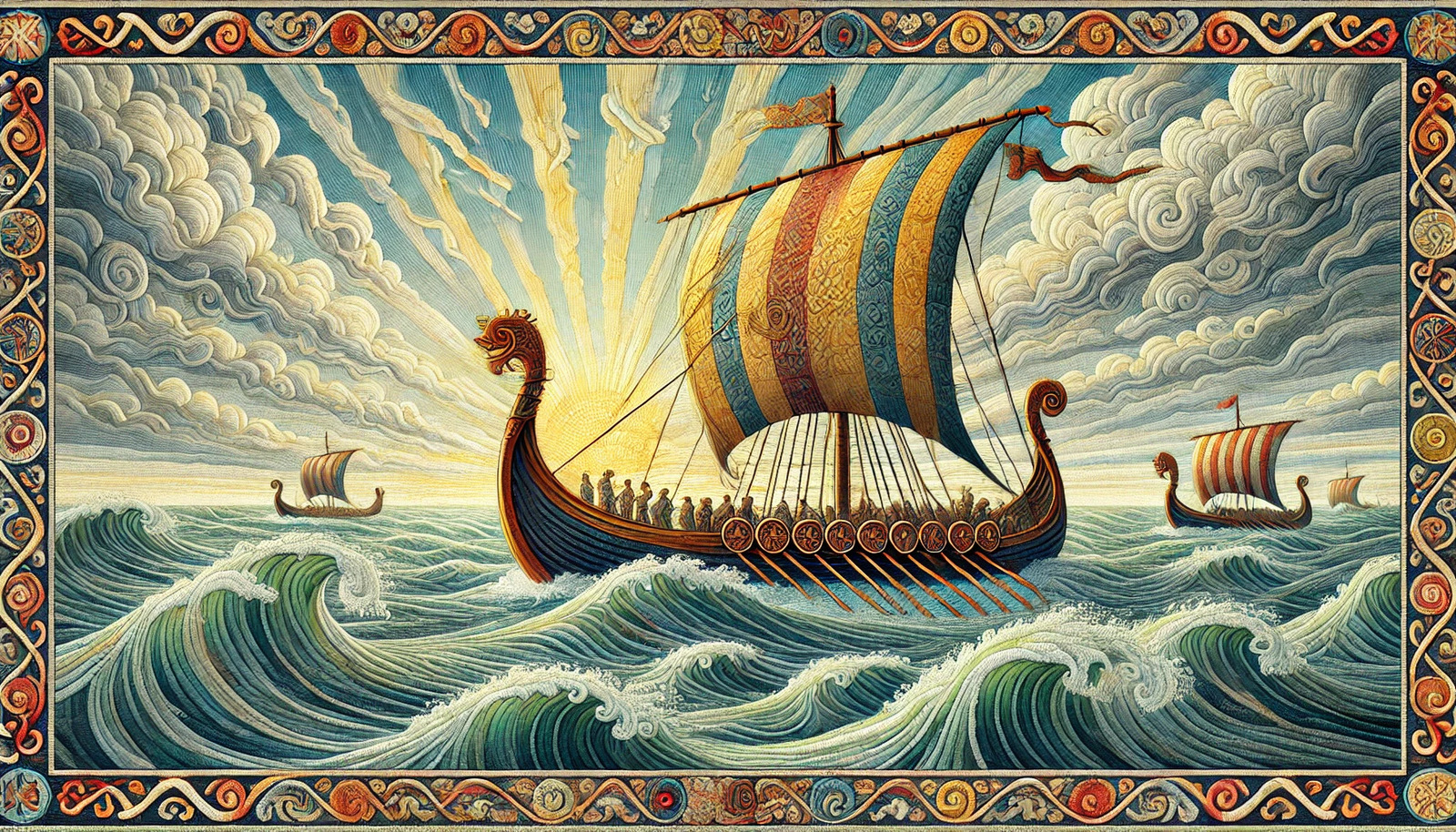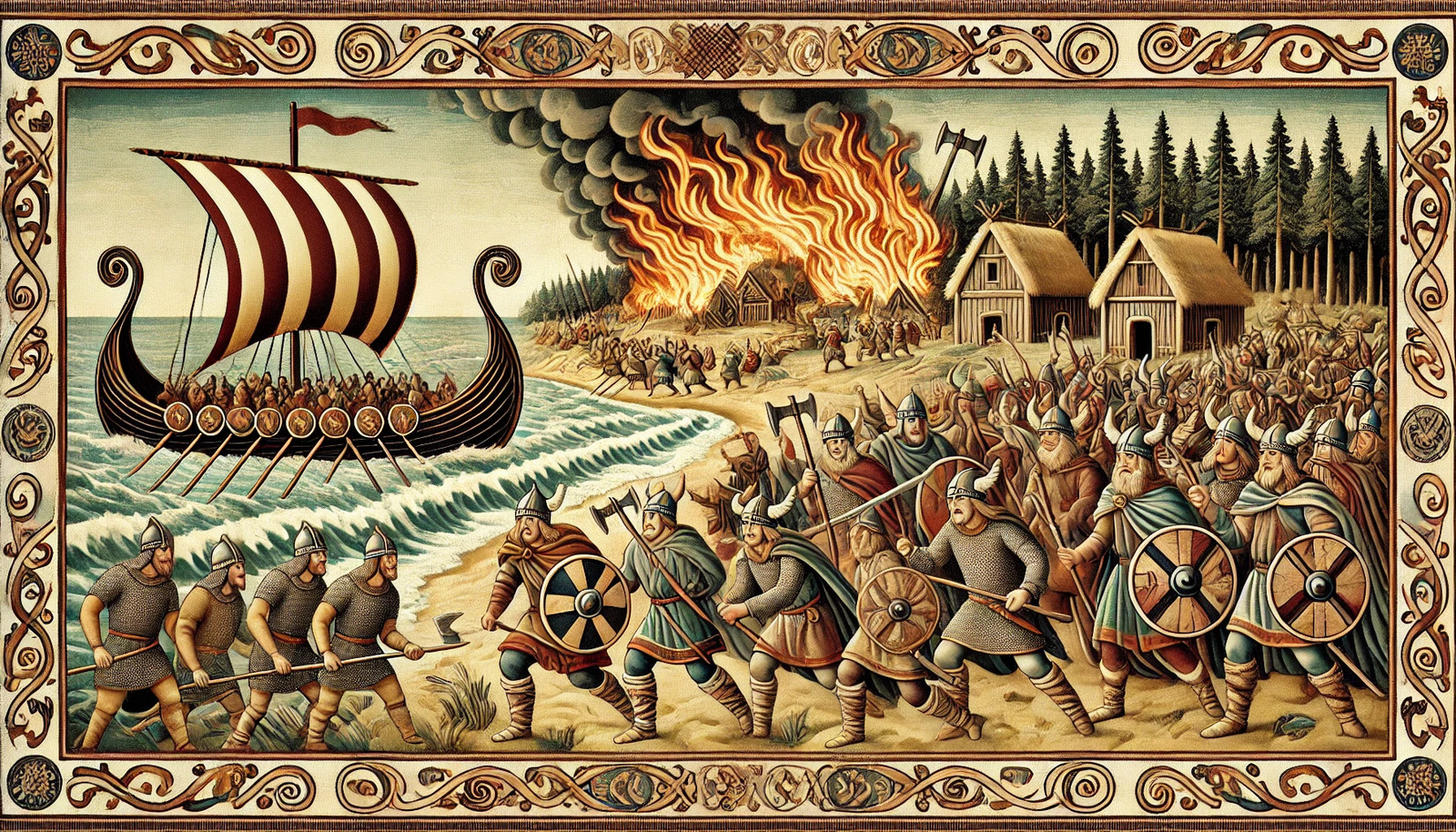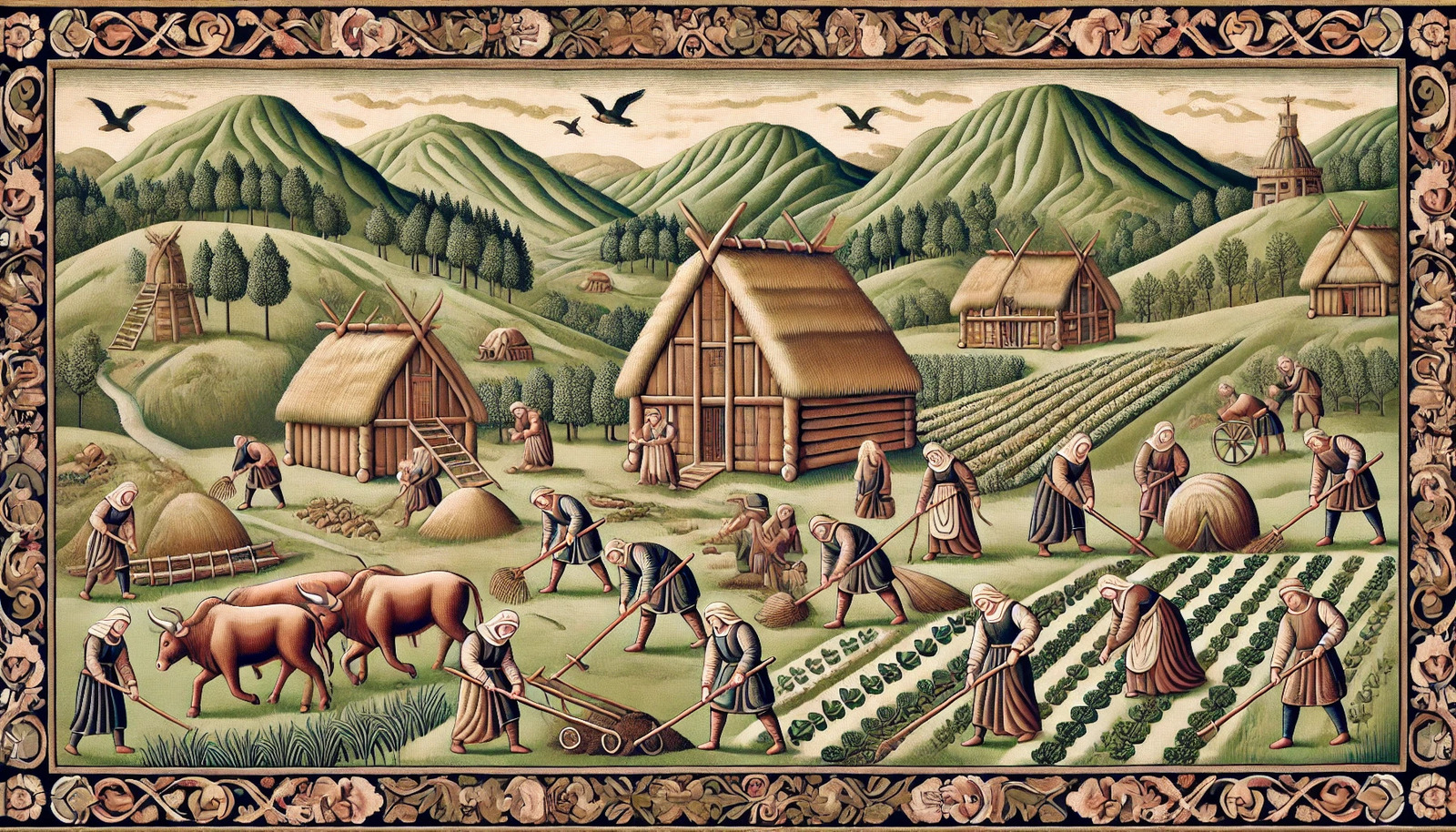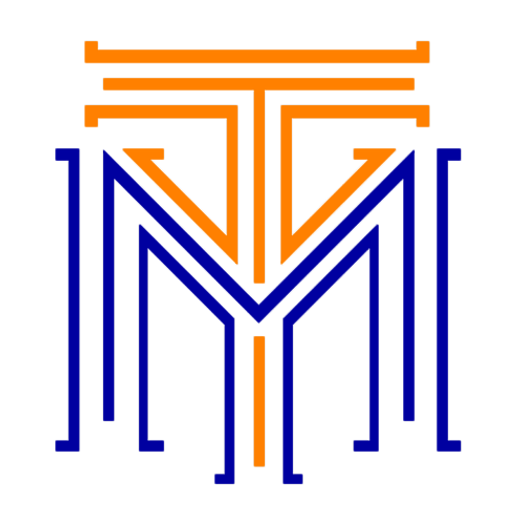
The Vikings, often portrayed as ruthless raiders, were far more than mere marauders. Their legendary prowess in navigation, seafaring, and conquest allowed them to dominate the northern seas and beyond. By examining their sophisticated techniques and strategies, we gain insight into how they became one of history’s most formidable maritime powers.
Navigating the Seas: Tools and Techniques.
The Vikings were master navigators who relied on both natural cues and innovative tools to traverse vast and often treacherous waters. Here are some of their primary navigation methods:
- Sun Compasses and Sunstones: Vikings utilized primitive sun compasses, which helped them determine their latitude during the day by observing the shadow cast by the sun. They also used "sunstones," crystals like calcite, to locate the sun's position even on cloudy days or during twilight.
- Reading the Environment: Observing the color of the sea, wave patterns, and the behavior of birds provided critical information. For example, seeing certain seabirds could indicate proximity to land, as these birds rarely ventured far from shore.
- Star Navigation: At night, Vikings relied on the constellations, particularly the North Star, to maintain their bearings. They also memorized the positions of stars relative to their routes.
- Landmarks and Coastlines: Hugging coastlines and recognizing specific landmarks were essential, especially when venturing into unknown territories.
- Knörrs and Longships: The design of their ships also played a crucial role. Longships were swift, shallow-drafted vessels capable of navigating rivers as easily as open seas. These ships enabled Vikings to launch surprise raids and retreat quickly.

Efficient Conquest and Plunder.
The Vikings’ ability to conquer and plunder with unparalleled efficiency stemmed from a combination of their seafaring skills, strategic planning, and psychological tactics.
- Element of Surprise: Viking raids were meticulously planned to strike without warning. Their ships’ speed and maneuverability allowed them to appear suddenly along coasts and rivers, catching their targets off guard.
- Scouting and Intelligence: Before launching a raid, the Vikings often sent scouts to gather information about the target’s defenses, wealth, and weaknesses. This preparation minimized risks and maximized rewards.
- Flexibility in Warfare: Unlike many of their adversaries, Vikings adapted their tactics based on the situation. They could switch from naval assaults to land battles with ease, employing both brute force and strategic maneuvers.
- Fear as a Weapon: The Vikings cultivated a fearsome reputation to intimidate their enemies. The mere sight of their dragon-headed ships on the horizon often caused panic, leading to minimal resistance.
- Settlement and Integration: While known for raiding, the Vikings also established settlements in the lands they conquered. By intermarrying and integrating with local populations, they ensured long-term influence and control.

Notable Viking Figures and Their Achievements.
The Viking Age was shaped by extraordinary individuals whose actions and leadership left lasting legacies:
- Leif Erikson (c. 970–1020): Leif Erikson is credited with being the first European to set foot in North America, around 500 years before Christopher Columbus. He established a settlement called Vinland, thought to be in modern-day Newfoundland, Canada.
- Ragnar Lothbrok: A legendary figure whose exploits are a mix of history and myth, Ragnar Lothbrok is known for his daring raids on France and England. He is remembered as a cunning warrior and an iconic symbol of Viking bravery.
- Cnut the Great (c. 995–1035): Cnut became king of England, Denmark, and Norway, forming the North Sea Empire. His reign brought stability and prosperity to his territories, demonstrating the Vikings’ capacity for governance as well as conquest.
- Rollo (Göngu-Hrólfr) (c. 846–930): Rollo was a Viking chieftain who became the first ruler of Normandy in northern France. After a series of raids, he negotiated with the Frankish king Charles the Simple and was granted land in exchange for protection against other Viking attacks. Rollo's descendants, including William the Conqueror, played a significant role in European history.
Legacy of the Viking Maritime Empire
The Viking Age (roughly 793–1066 CE) left an indelible mark on history. Their advancements in navigation and shipbuilding not only facilitated their conquests but also spurred cultural and economic exchanges across Europe, the Middle East, and even North America. The sagas and archaeological finds reveal a people as innovative as they were fearsome, shaping the course of history through their mastery of the seas.
In conclusion, the Vikings' ability to navigate vast waters and conquer foreign lands was no accident. It was a blend of advanced technology, keen observational skills, and strategic ingenuity that enabled them to dominate an era. Their legacy continues to fascinate and inspire, reminding us of humanity's enduring spirit of exploration and innovation.


